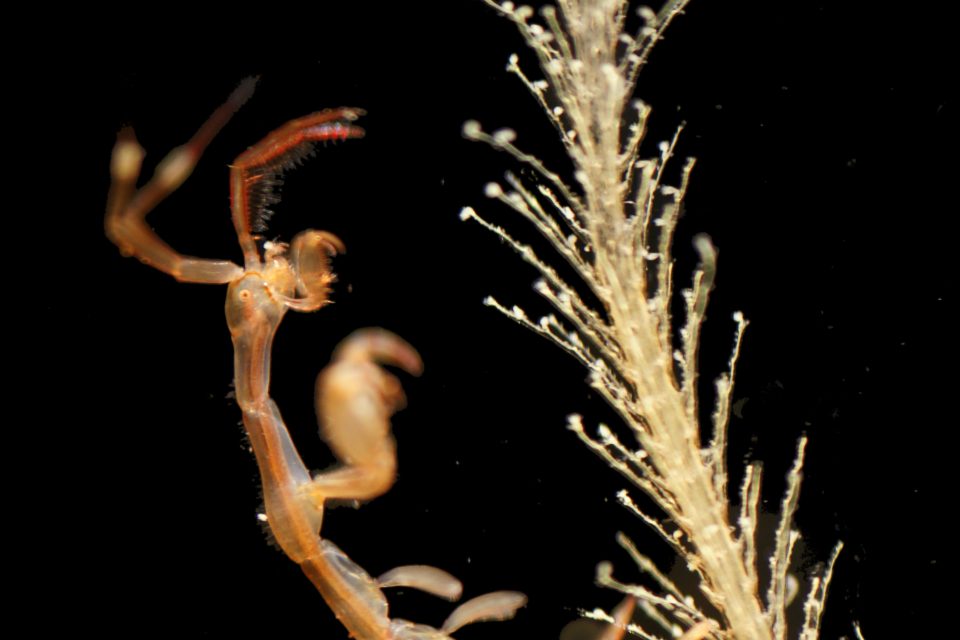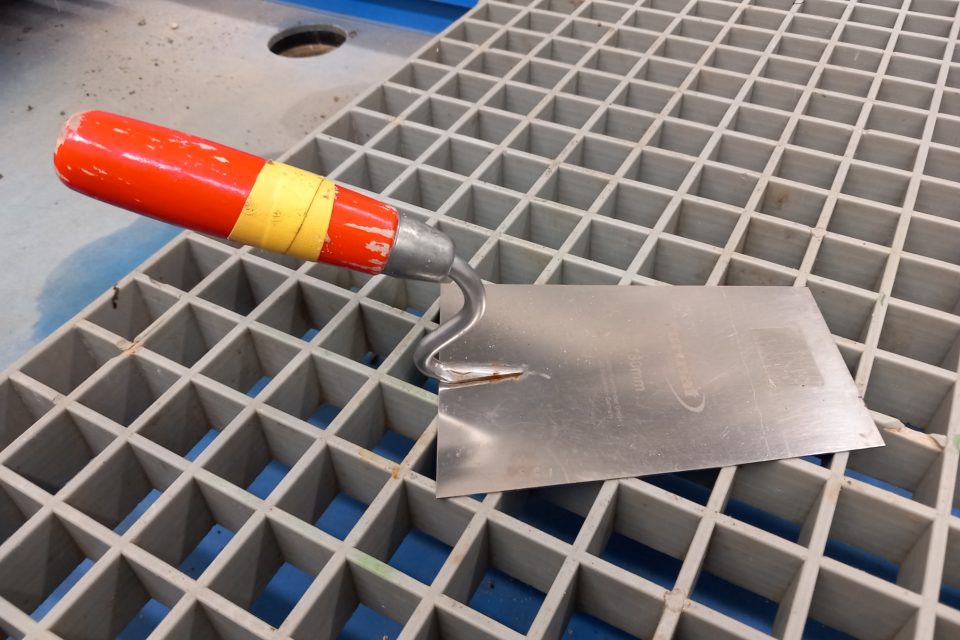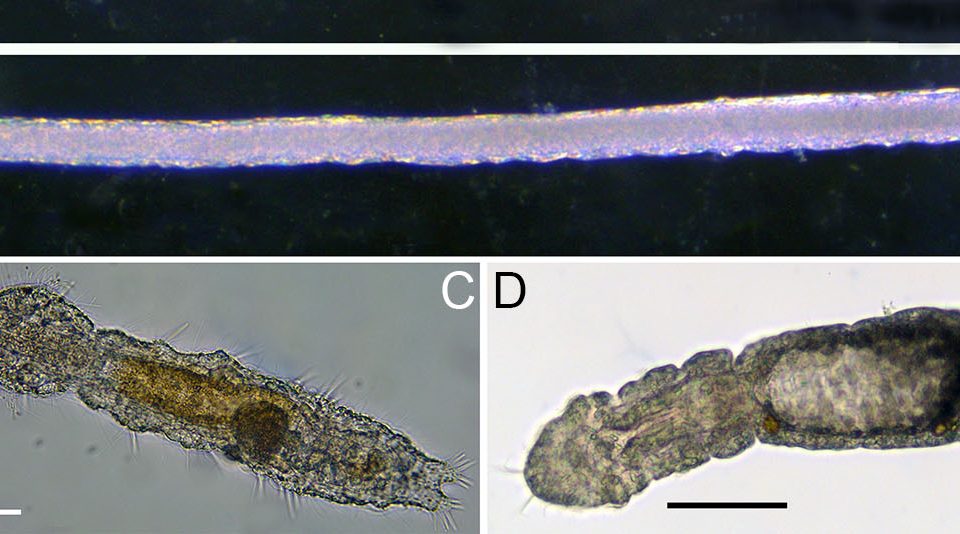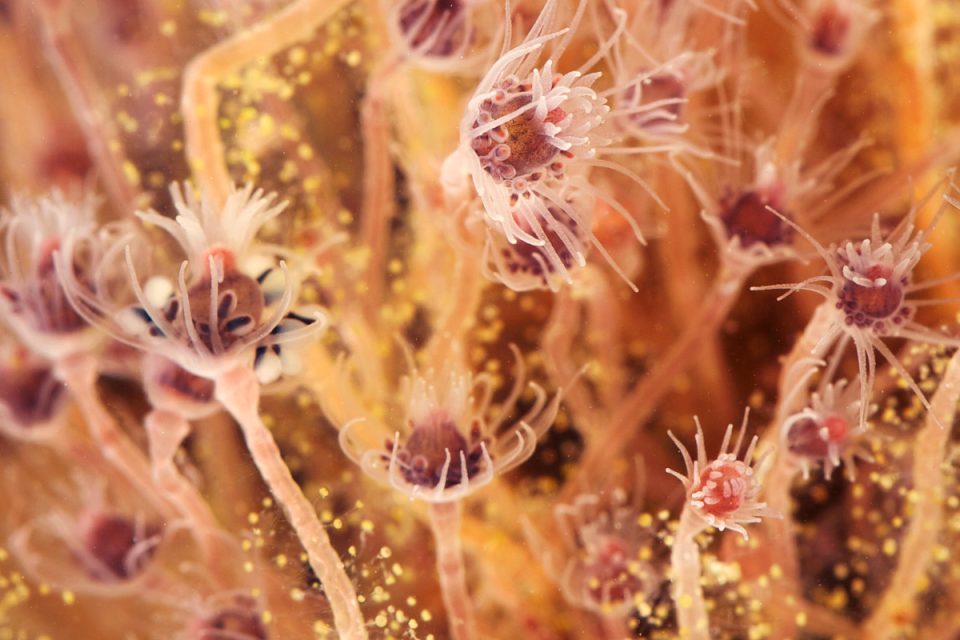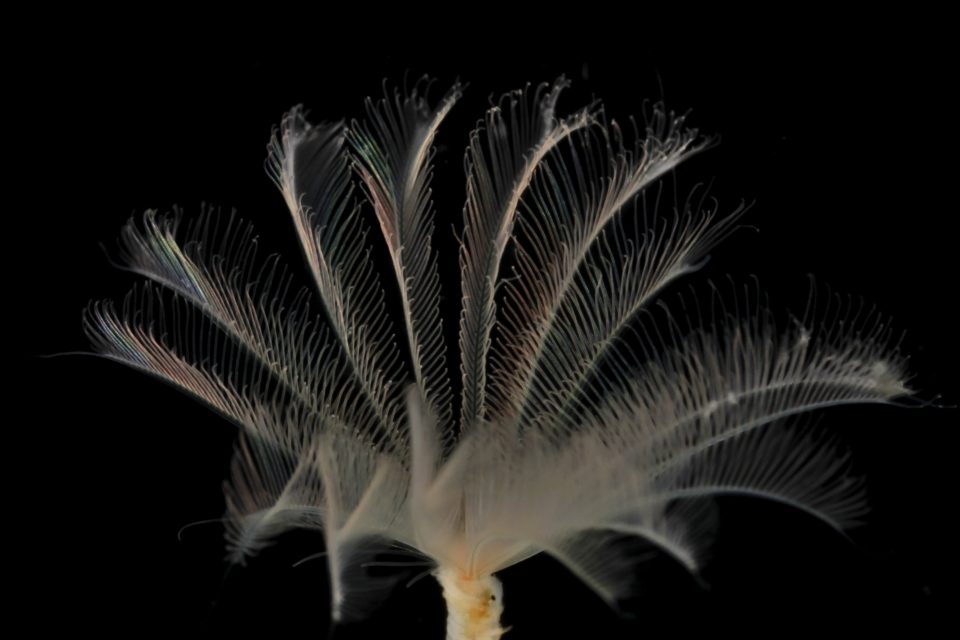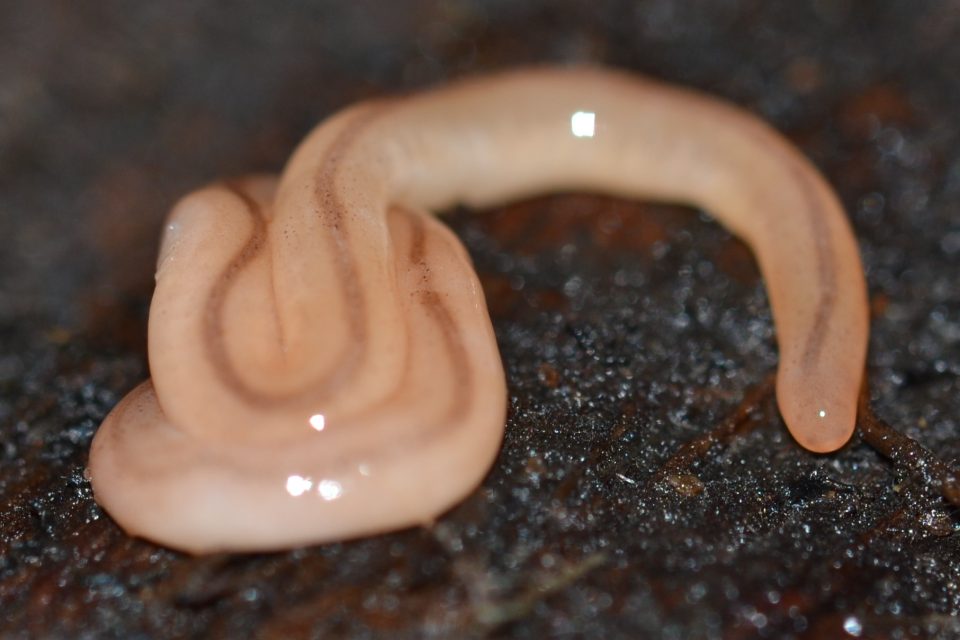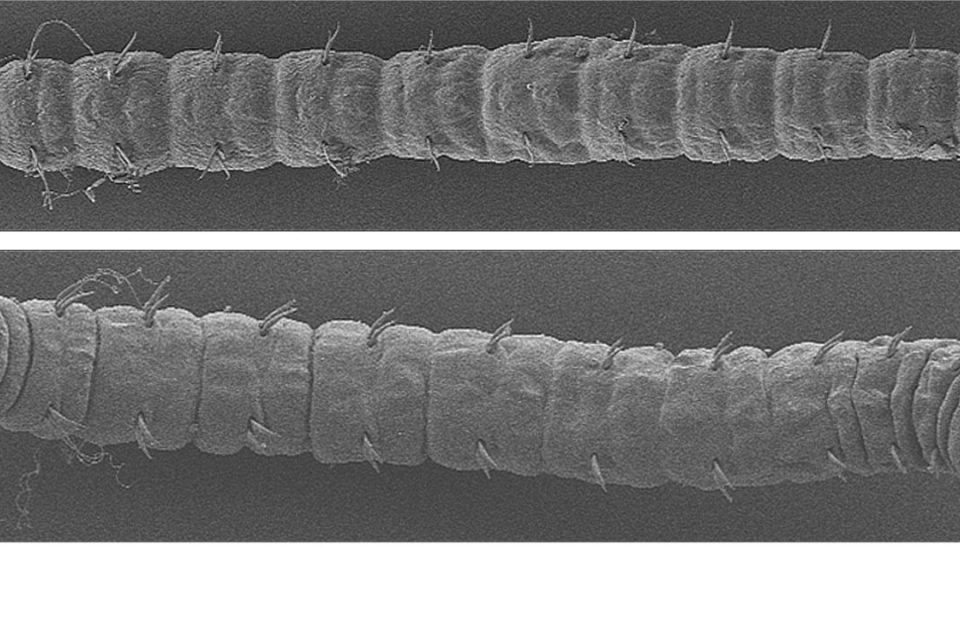
Door 5: A book (gift) recommendation
As the festive season approaches, many of us find ourselves pondering the perfect gifts for our loved ones. Is for this reason that, in this post, I’d like to suggest a unique present that transcends the boundaries between scientific and non-scientific interests—a coffee table book titled “The Art […]
